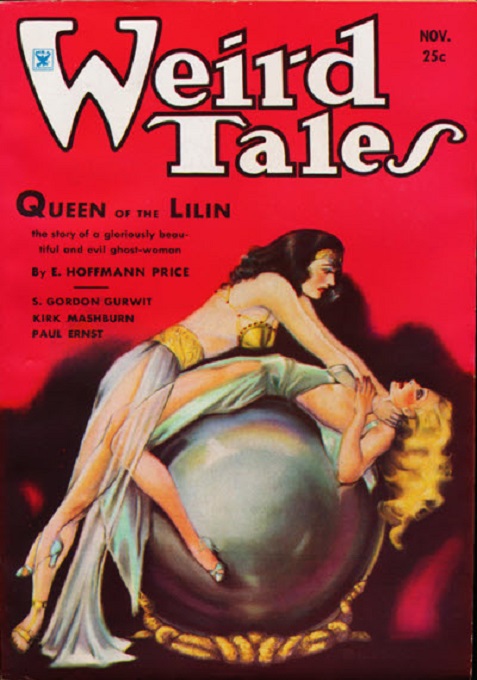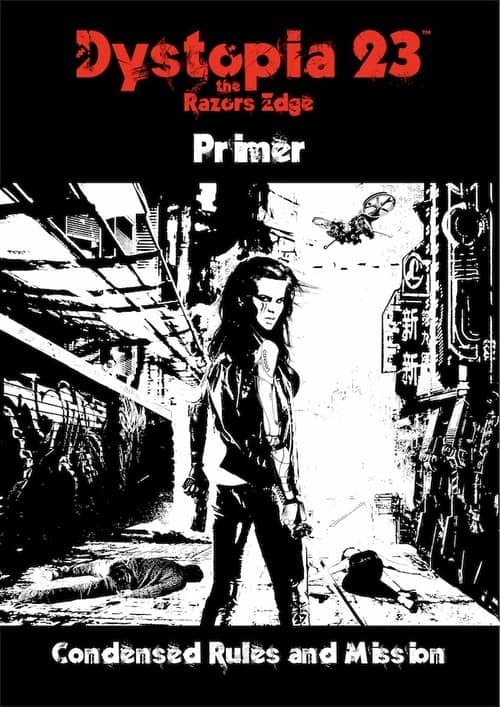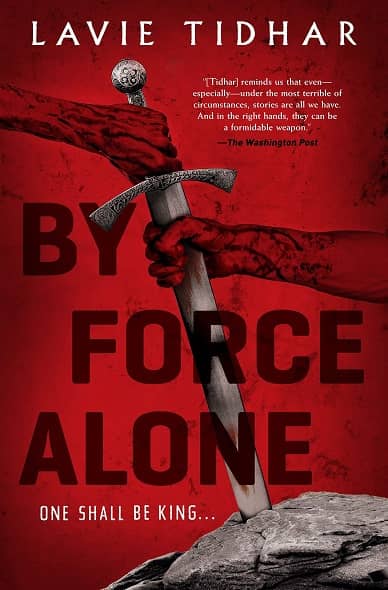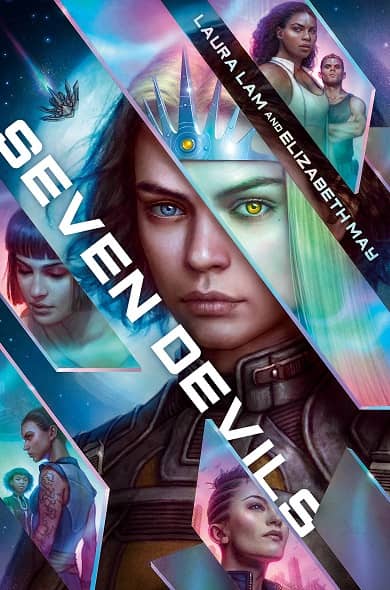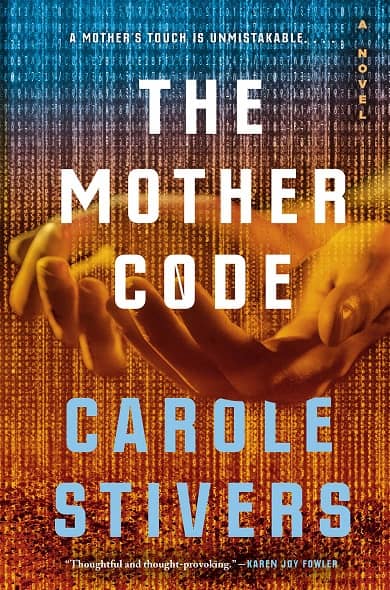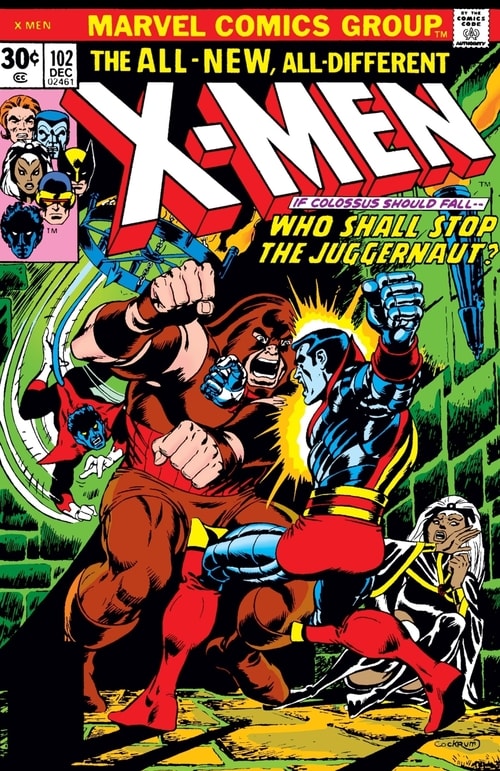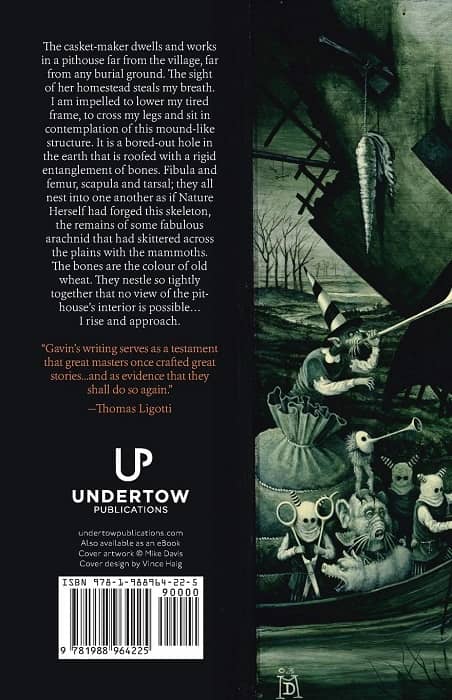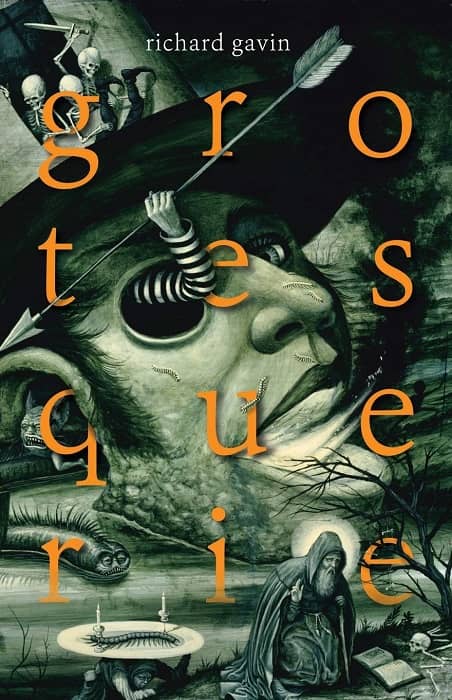Vintage Treasures: Merchanter’s Luck by C.J. Cherryh
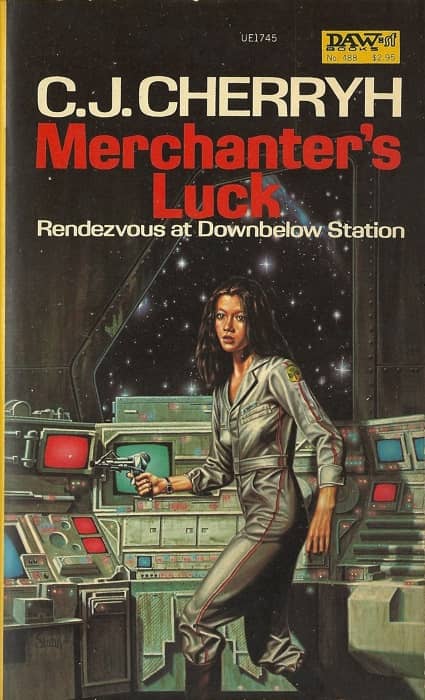 |
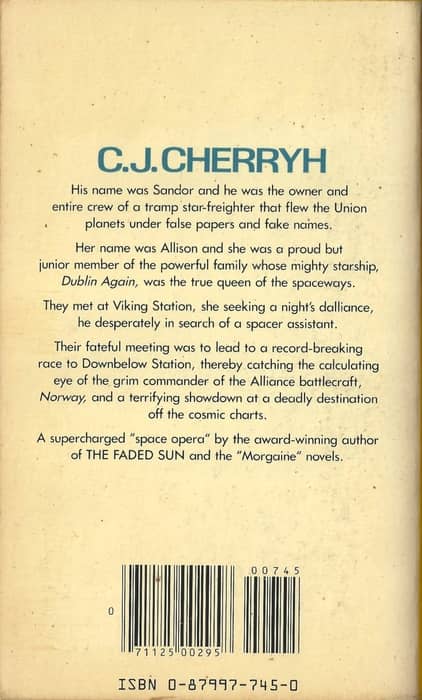 |
Merchanter’s Luck (DAW, 1982). Cover by Barclay Shaw
I haven’t covered many C.J. Cherryh novels in my ongoing Vintage Treasures project, and that seems like a serious oversight. Cherryh was a constant presence on the paperback racks in my youth. She sold her first novel Brothers of Earth to Donald A. Wollheim at DAW in 1975; since then she’s published more than 80 science fiction and fantasy books, including the most ambitious and successful first contact saga in science fiction, The Foreigner Series. Volume 21, Divergence, arrives in hardcover next week.
I recently picked up a copy of the author’s 1982 paperback original Merchanter’s Luck, and I thought it would be a good place to start. It’s the first novel in her Company Wars saga, set in the Alliance-Union universe where humanity has split into three space-faring power blocs: Union, the Merchanter’s Alliance and Earth. I remembered Jo Walton’s Tor.com review of Merchanter’s Luck from a decade ago, enticingly titled “A girl on a haunted spaceship.” Here’s an excerpt.
Ben JB and I were talking about Gothics, and Ben JB asked if you could have a Gothic on a spaceship. My immediate response was Merchanter’s Luck, a 1982 novel by C.J. Cherryh. It has a girl and a haunted spaceship and a mysterious man with lots of secrets in his past. But on re-reading it, I have to admit that it doesn’t quite work as a Gothic… Allison is far from a gothic heroine — she’s empowered, and most of the time in the novel she is the one in the position of power. She goes onto the spaceship and goes into abandoned cabins, full of the possessions of the dead, but she doesn’t go alone. She’s not virginal, not isolated, and never helpless…
